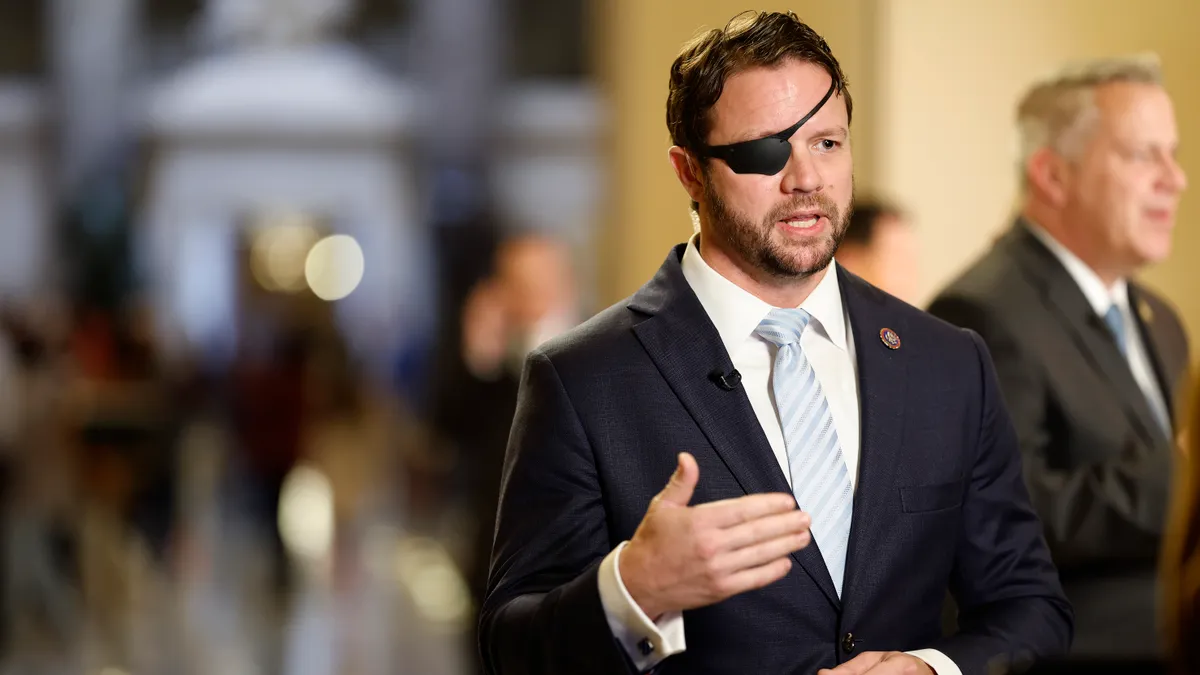Dive Brief:
-
Fitch Ratings raised its outlook for U.S. colleges to stable Wednesday as institutions plan for mostly in-person instruction in the new academic year, revising what had been a negative view of the sector.
-
The credit ratings agency cited improving application numbers, a solid state budget picture and the possibility that auxiliary and student fee revenue could improve as campuses reopen.
-
But Fitch expects highly selective and flagship research universities to be better positioned to handle future challenges than smaller institutions, which may have fewer financial resources and face weaker demand in some markets.
Dive Insight:
The upgrade to stable bodes well for colleges seeking to borrow money and for the financial health of the sector generally. Fitch expects institutions to largely be resilient despite ongoing operating stresses.
Still, the move can't be taken as a sign that every college is on a clear upward financial trajectory. At the end of June, about 5% of Fitch's ratings outlooks — which signal the direction of an institution's credit profile — were positive, 13% were negative and the rest were stable. That's better than the end of the 2020 calendar year, when only 1% of the agency's actions had a positive rating outlook.
However, the ratings agency considers private colleges with few financial reserves as most vulnerable to consolidation and closure. Certain regions are also facing challenging demographic trends.
In colleges' favor, test-optional admissions became more prevalent in the last year. That has led to more applications, according to Fitch, which expects undergraduate enrollment to recover slightly after taking a hit during the pandemic.
Reason for caution remains. It's not certain application increases will translate into higher enrollment when classes start, with some colleges extending their application deadlines, Fitch noted.
That makes it hard to project fall enrollment, and the uncertain admissions cycle could hit regional public institutions and less-selective private colleges particularly hard.
Most colleges are expected to post better operating performance in fiscal 2021 than they initially predicted. Three rounds of federal relief funding totaling around $76 billion helped colleges through the pandemic. Institutions also used strategies including cutting expenses, delaying spending on large capital projects and budgeting conservatively.
Although the recovery packages represent one-time infusions of money, Fitch expects most universities to book the funding as revenue into the 2022 and possibly the 2023 fiscal years.
Possible pandemic-related disruptions, such as local coronavirus outbreaks, linger. Fitch is also watching risks including rising tuition costs, a fragile market for international enrollment and demographic pressures.
"Although the risk of a resurgence in the pandemic remains, colleges and universities are generally better positioned to navigate these conditions after a year of hybrid delivery," Emily Wadhwani, senior director at Fitch, said in a statement.
Fitch's upgrade comes after Moody's Investors Service in March raised its outlook for higher education from negative to stable, citing many of the same prospects for improving revenue.














